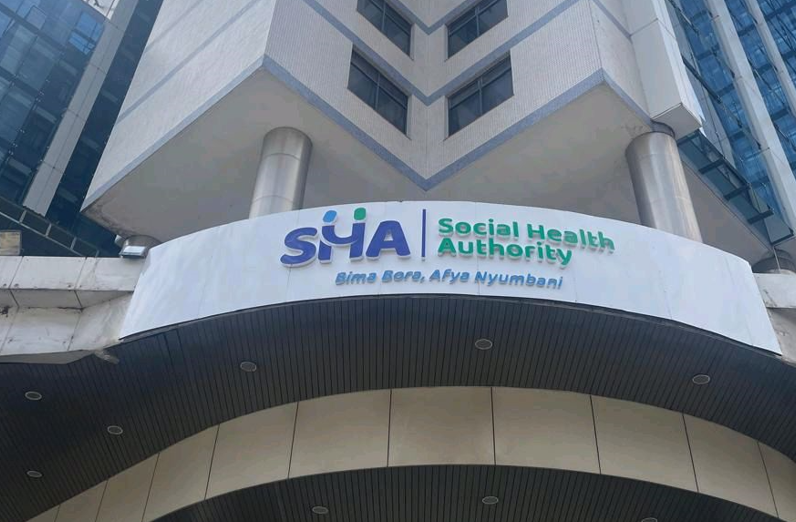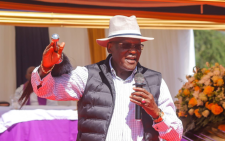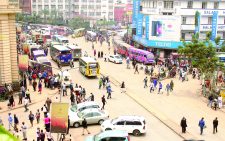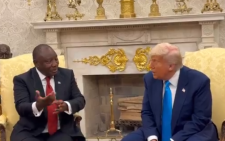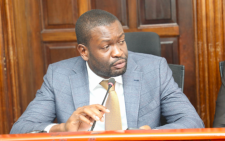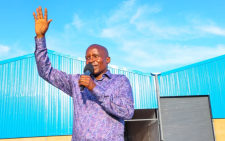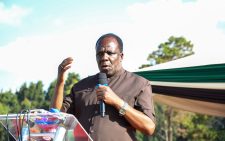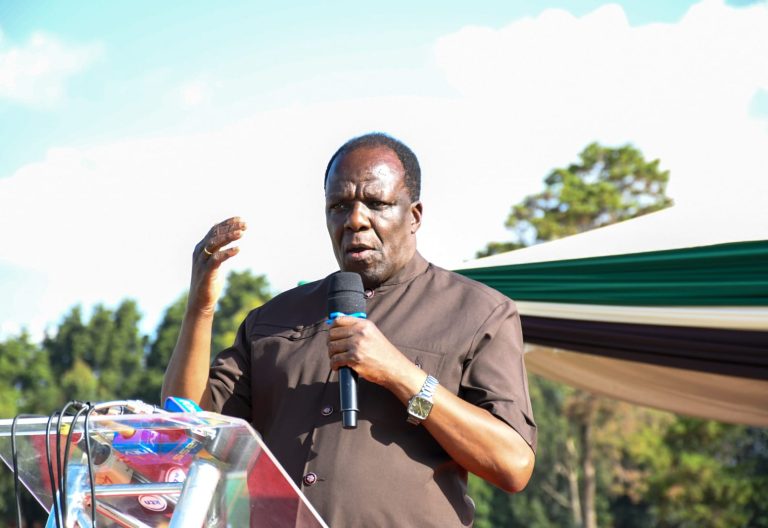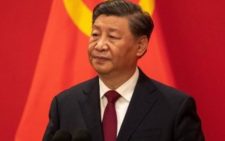Kenya eyes Sh32.3b annually to provide affordable power
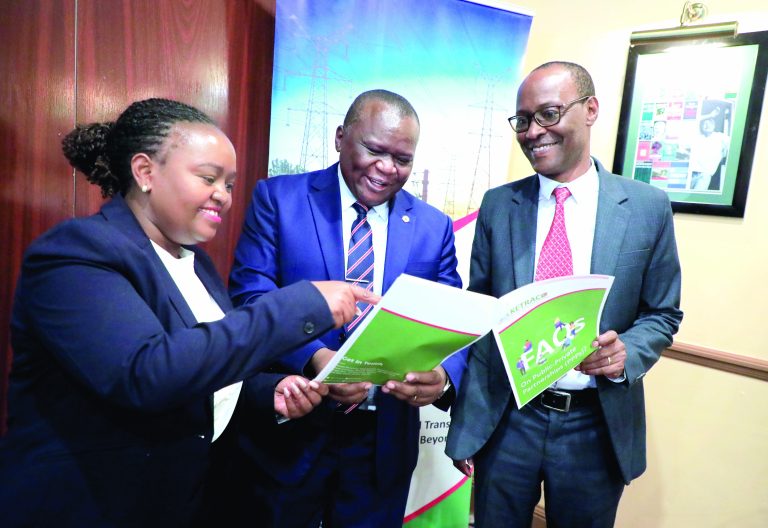
Kenya must raise $250 million (Sh32.25 billion) annually for the next 20 years, to attain a more sufficient, reliable and affordable electricity supply in the long term, according to a masterplan of the sector. This will help facilitate the expansion of electricity infrastructure by about 9,605.5km in circuit length and 15,891MVA transformation capacity, through some 80 projects that will leverage the private sector input.
The total cost of the master plan is expected to be $5.19 billion (Sh671.69 billion) out of which approximately $1.03 billion (Sh133.51 billion) has been secured through development partners’ assistance meaning that the financing gap is approximately $4.16 billion (Sh537.02 billion).
Speaking during a stakeholder’s roundtable that unveiled the plan, Kenya Electricity Transmission Company (Ketraco) MD John Mativo, said investment in high voltage transmission infrastructure is costly and capital-intensive and that the exchequer is currently at a limited position to cater for these mega projects.
“Ketraco projects have majorly been financed by exchequer and sovereign borrowing from development financial institutions. However, the looming financial pressure is piling on the exchequer because public debt is at an all-time high due to external borrowing resulting in a big and serious potentially challenging financing of transmission infrastructure,” he said.
As a testament to his sentiments, the government in the supplementary budget for the 2024/25 financial year allocated a total of Sh590. 08 billion towards development expenditure, a figure that is substantially low to accommodate Ketraco´s ambitious plan.
The country over the recent years particularly in 2024 faced perennial black outs amid high electricity tariffs severely affecting most economic processes, leading to reduced revenue generation for businesses and the government at large.
According to Mativo, the power outages surpassed the Energy and Petroleum regulatory Authority (Epra) target of 5.00 hours per customer as stipulated in the 2023/2024 tariff control period.
“All the months in the financial year ended 2024 experienced outages surpassing the Epra limit Electricity customers in Kenya experienced an average of 10.14 hours without power every month in the financial year ended June 2024, up from 8.37 hours in the financial year ended June 2023,” he stated.
Currently, as per the corporation’s data, the country´s system losses are at 22.4 per cent with the Sector allowed system losses of 19.9 per cent falling second after Ethiopia on the list of African countries that grapples with electricity losses.
The 22.4 per cent system losses consist of a 4 per cent transmission technical losses, 8 per cent distribution technical losses and 10.4 per cent retail commercial losses.
It now wants to slush this by 8 per cent to 14.4 per cent in the next three years, a move that will see the country save approximately Sh10 billion. In this regard the government will have to extend the grid and eliminate constraints, modernise the grid, displace use of long distribution lines and transmit cheaper sources of power.
Entering into Adani-type of deals seems to be the only viable way for the country to realise an efficient supply of energy through improved and well-structured electricity infrastructure.
Currently Ketraco is fast tracking its agreement with Africa 50, a Pan African infrastructure investor and asset manager, to implement two new power lines namely, 400 kV Lessos- loosuk and 220kV Kisumu -Musanga under the Public Private Partnership framework, a projected that Mativo say will cost roughly Sh 41.59 billion.
Similar to the cancelled Ketraco- Adani deal, the project once approved is expected to run the next 30 years where the organization will partner with India’s PowerGrid Corporation, the third largest operator of transmission assets globally.
Mativo was, however, quick to clarify on the deal saying: “Africa 50 has no contractual relationship with the Adani Group and is not involved in any of the projects that Adani was pursuing in Kenya.” He noted that the company has been cooperating with the country since 2018 in regards to the two projects.
